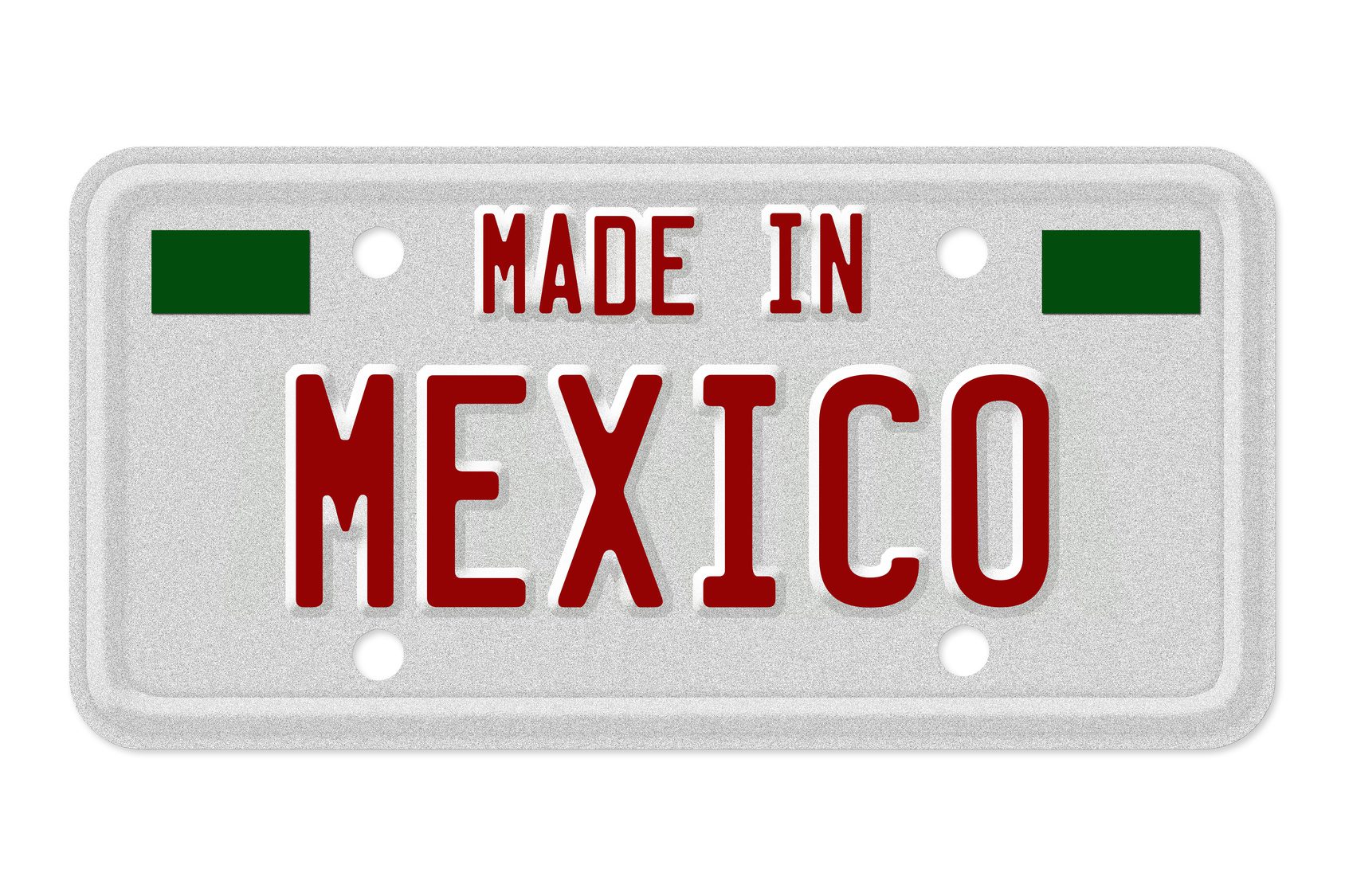It has been a month since Hugo Chavez passed away, losing a two-year long battle against cancer. With snap elections on 14 April, both Venezuelans and the rest of the world eagerly await the outcome – an outcome that might drive Venezuela deeper into a state of socialism or towards the path of market-oriented economic development.
Whatever the result of the election, perhaps the most pertinent question is how Chavez’s demise has impacted the future of Venezuela’s oil economy? What good has the largest proven oil reserves in the world (297.57 billion barrels) brought Venezuela in terms of inclusive human and economic development?
Let us retrace our steps to 1998. The global oil industry was in a big mess, with prices at an all time low of (less than $10 per barrel), driven by oversupply of oil by OPEC member countries, which were unwilling to comply with production and export quotas. Things, however, took a turn for the better when in February 1999 Hugo Chavez came into power in Venezuela. Now at the helm of affairs of one of the world’s largest oil producing nations, it became important for Mr. Chavez to revive the oil sector, which was to become the driving force behind his socialist policies. In his own charismatic manner, Hugo Chavez convinced the OPEC members to lower production, thus driving-up oil prices (to a price of $25-28 per barrel).
Further, driven by his ambition to bring about a socialist revolution in Venezuela, a new Hydrocarbons law was passed in 2001, to bring all oil production and distribution activities in Venezuela under the purview of the government. The law proposed a minimum 51% state ownership of PDVSA, the national oil company, and an increase in royalties paid by foreign corporations from 16.6% to 30%.
Under Chavez, Venezuela also shifted its focus from the US, to forge closer alliance with Russia, China, Nicaragua, Cuba and Iran by signing preferential oil deals. These deals, however, put additional economic pressure on PDVSA, and in turn the Venezuelan economy, with 43% of the company’s crude and oil products sales not being paid directly in cash, resulting in shelving of some of the company’s investment plans.
Oil-sector reforms were carried out under a veil of socialist change and reform. While the pro-socialist policies of Hugo Chavez remain popular among the Venezuelan masses, they have resulted in a lack of talent and investment, causing the Venezuelan oil industry to decline. According to Morgan Stanley reports, Venezuela’s oil production declined by 25% during the Chavez era (1998-2013).
While the socialist regime under Chavez is said to have brought about a sense of income equality amongst Venezuelans, the cost of this equality has left the country in an economically dilapidated state. Huge deficits and high inflation have lead to significant devaluation of its currency (30% to the US Dollar in February 2013).
The state of the economy hinges purely on the outcome of the elections, with Nicolas Maduro, the acting president and the hand-picked successor of Chavez, and Henrique Capriles, the governor of Miranda State, vying to be the next president.
Nicolas Maduro, who served as a foreign minister under Chavez for six years, is a right-wing activist. A loyalist to Chavez, Maduro pledges to follow Chavez’s policies. Given his closeness to Chavez, Maduro also enjoys the support of military.
On the other hand, Henrique Capriles, who came closest to beating Chavez in the last elections in 2012 (bagging 44% votes), vows to adopt pro-business policies, which include de-politicization of the oil sector and opening-up Venezuela to foreign investments. Capriles does recognize that actions taken during the Chavez era cannot be undone over a short period of time.
Driven by the emotions linked with Chavez’s death, initial polls widely tip Maduro to win the upcoming elections. But given the economic condition of Venezuela, would this be a right choice? Even if Capriles wins, will the government be stable enough to guide Venezuela to development? Will the Venezuelan oil sector open for global trade? One can only speculate.
Irrespective of who comes to power, one thing will stay unchanged. The oil sector will remain critically important in either continuing to aid the path towards a fully-socialist state or changing the course to a more market-oriented economy.















